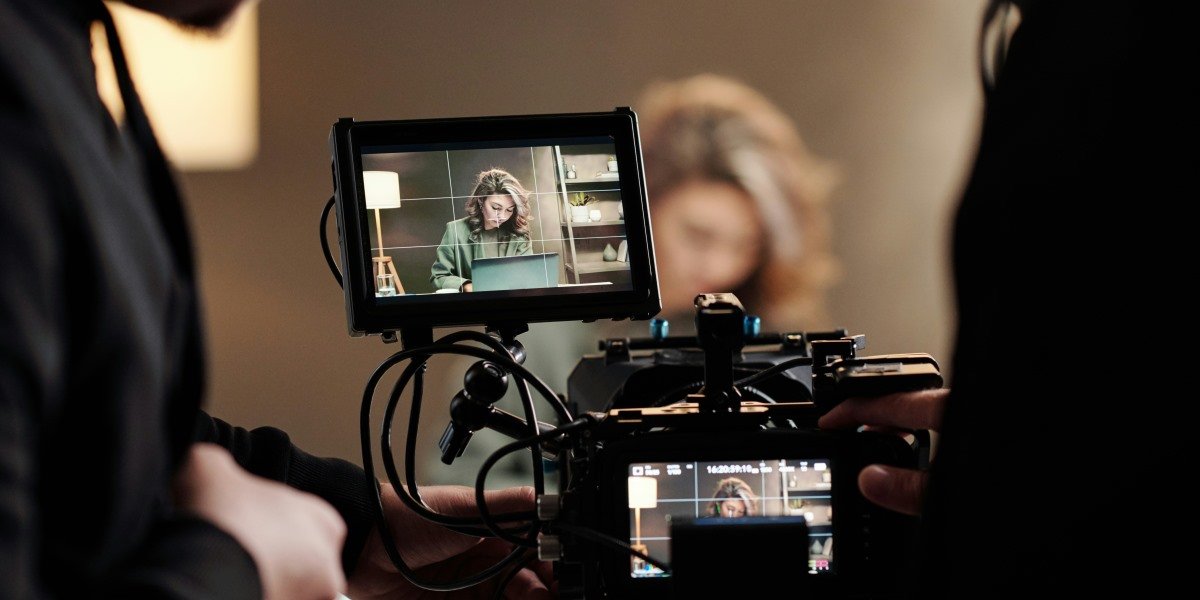The fashion industry moves quickly, with new styles, materials, and designers constantly emerging. Staying informed helps people make smarter choices about what to wear and buy. While keeping up might seem overwhelming, simple habits can help anyone stay current without spending too much time or money.
Following industry news sources provides a good foundation for understanding fashion changes. Many websites and magazines offer daily updates about trends, runway shows, and designer collections. These sources explain why certain styles become popular and how long they might last. Reading just a few articles each week helps build knowledge about colors, fabrics, and silhouettes that are gaining attention.
Social media platforms serve as valuable tools for spotting emerging trends. Fashion-focused accounts on image-sharing apps showcase how people around the world are wearing new styles. Following hashtags related to specific trends or clothing items surfaces creative outfit ideas. The key is following a mix of professional fashion accounts and everyday style enthusiasts to get both polished and practical inspiration.
Fashion blogs and video channels offer deeper analysis than quick social media posts. Many bloggers test trends in real life, showing how they actually look and feel when worn outside photoshoots. Video creators often explain how to adapt runway trends for different body types or budgets. These personal perspectives help translate high-fashion concepts into wearable everyday looks.
Understanding the difference between short-term fads and lasting trends prevents wasteful spending. Some styles explode in popularity but disappear quickly, while others gradually become wardrobe staples. Observing how long a trend maintains interest among designers, stores, and street style helps predict its staying power. Classic pieces with slight modern updates typically offer better long-term value than extremely unconventional items.
Local shopping districts provide real-world trend observations. Window displays and store arrangements reflect what retailers believe will sell each season. Noticing which items appear in multiple stores indicates broader industry movements. Physical shopping also allows for feeling fabric quality and examining construction details that photos can’t convey.
Fashion exhibitions and museum collections offer historical context for modern trends. Many current styles reinterpret designs from past decades. Recognizing these influences makes it easier to predict which retro revivals might come next and helps build a more timeless personal style less dependent on fleeting trends.
Industry trade shows and fabric fairs reveal upcoming materials and technologies. While these events mainly cater to professionals, many share highlights online. Innovations in sustainable fabrics or manufacturing often influence mainstream fashion years later. Early awareness of these developments allows for more intentional purchasing when they reach stores.
Weather and global events increasingly impact fashion directions. Climate changes drive demand for seasonally adaptable clothing. International cultural exchanges introduce new patterns and silhouettes. Paying attention to these broader influences helps anticipate practical shifts in what people will wear for various occasions and environments.
Learning basic design principles makes trend analysis more meaningful. Understanding color theory, proportion, and texture helps explain why certain combinations work while others don’t. This knowledge allows for personal adaptation of trends rather than direct copying. Many free online resources teach these fundamentals without requiring formal design education.
Trend forecasting services publish reports analyzing future fashion directions. While professional subscriptions can be expensive, many free articles summarize their predictions. These insights help shoppers make informed decisions about which current purchases might remain stylish longest. Forecasters examine cultural shifts, economic factors, and artistic movements that shape coming trends.
Fashion weeks in major cities showcase designer visions for upcoming seasons. Livestreams and photo coverage make these events accessible worldwide. While runway looks often appear exaggerated, their core ideas trickle down to everyday clothing. Noticing recurring themes across different designers indicates stronger trend potential.
Customer reviews provide real-world feedback about new styles. Comments about fit, comfort, and durability reveal whether trendy items actually work for daily life. This practical information balances the idealized imagery in advertising and helps avoid purchases that look good online but disappoint in person.
Price tracking tools help time trend purchases wisely. Many items drop in price after initial hype fades. Waiting a few weeks often means getting the same trendy piece at a discount as stores make room for newer arrivals. This approach works particularly well for accessories and statement pieces that have shorter trend cycles.
Secondhand markets show which trends have lasting appeal. Items that remain desirable after several years often represent better investments than ultra-contemporary pieces that quickly look dated. Thrift stores and resale platforms also allow for experimenting with trends at lower risk before committing to full-price purchases.
Personal style development matters more than chasing every trend. Building a wardrobe around flattering colors, comfortable fits, and practical functions ensures clothes get worn regardless of fashion cycles. Selective incorporation of trends that complement existing pieces creates a balanced look that feels current but not costume-like.
Digital tools help organize fashion inspiration efficiently. Apps that save product links, outfit photos, and style notes in one place prevent overwhelm. Creating seasonal mood boards with recurring themes makes trend patterns more visible. These systems help separate passing whims from genuinely appealing styles worth purchasing.
Fashion knowledge enhances shopping efficiency. Recognizing quality materials and construction allows for quicker evaluation of whether trendy items justify their prices. Understanding sizing variations between brands reduces returns from online orders. These practical skills make staying current less time-consuming.
Cultural awareness prevents inappropriate trend adoption. Some styles originate from specific traditions or communities. Researching a trend’s background ensures respectful wearing and helps avoid offensive mistakes. This consideration becomes increasingly important as fashion draws inspiration from more diverse global sources.
Economic factors influence which trends gain mainstream traction. During uncertain times, practical and versatile styles often dominate over extravagant looks. Noticing these patterns helps predict which department store selections might align with broader consumer moods and budgets.
Technology continues changing how people engage with fashion. Virtual fitting rooms, AI style assistants, and digital clothing try-ons are becoming more common. Staying informed about these tools makes trend participation more accessible and reduces wasteful purchases from poor fit guesses.
The environmental impact of trends is gaining attention. Fast fashion’s quick turnover contributes to waste problems. Awareness of this issue drives interest in sustainable alternatives like clothing rental, repair services, and eco-friendly materials. These conscientious approaches allow for trend participation with less guilt.
Balancing trend awareness with personal authenticity creates the most satisfying style. Completely ignoring fashion developments risks looking out of touch, while slavishly following every trend appears insecure. The healthiest approach adopts elements that feel genuinely exciting while passing on those that don’t resonate personally.
Ultimately, fashion knowledge should empower rather than pressure. Staying informed provides more choices about self-presentation, not obligations to constantly buy new things. With the right information sources and observation habits, anyone can engage with fashion trends at whatever level matches their interest and lifestyle.
Read also: The Ultimate Guide to Enjoying and Maximizing Your Film Festival Visit










